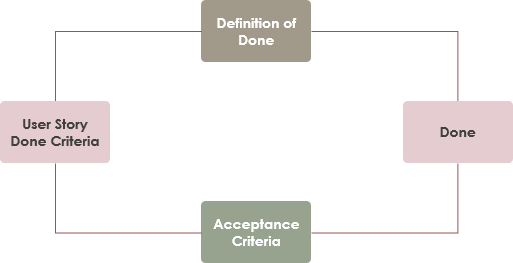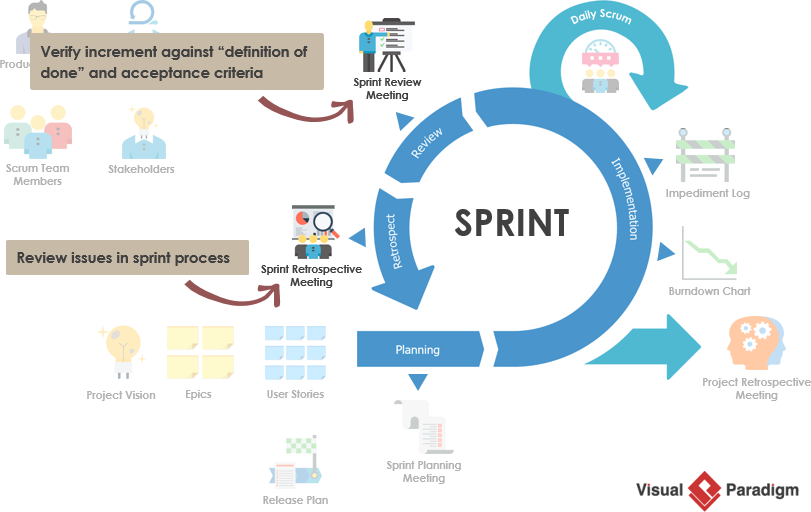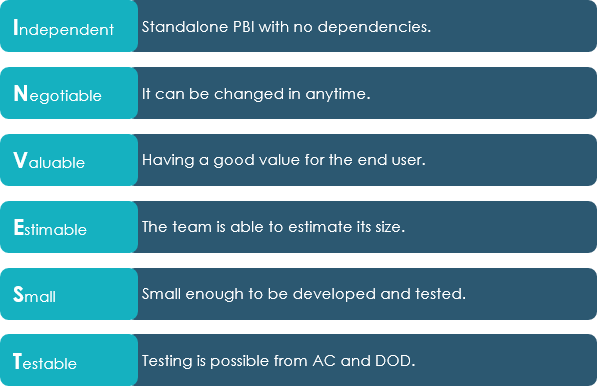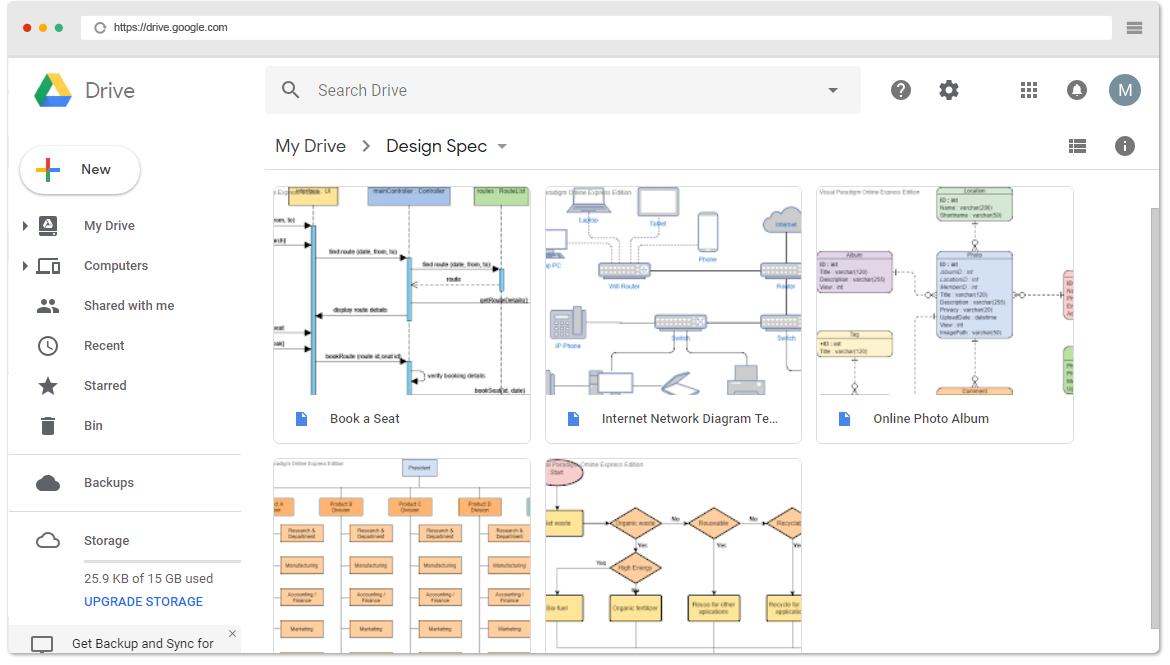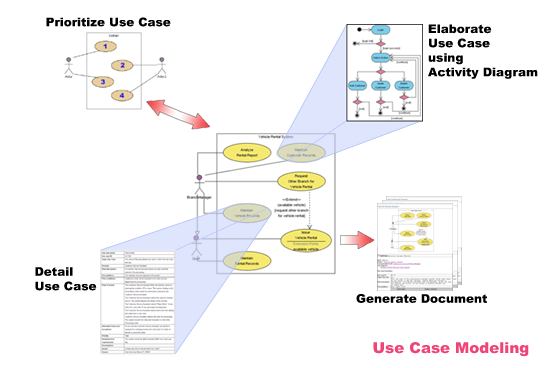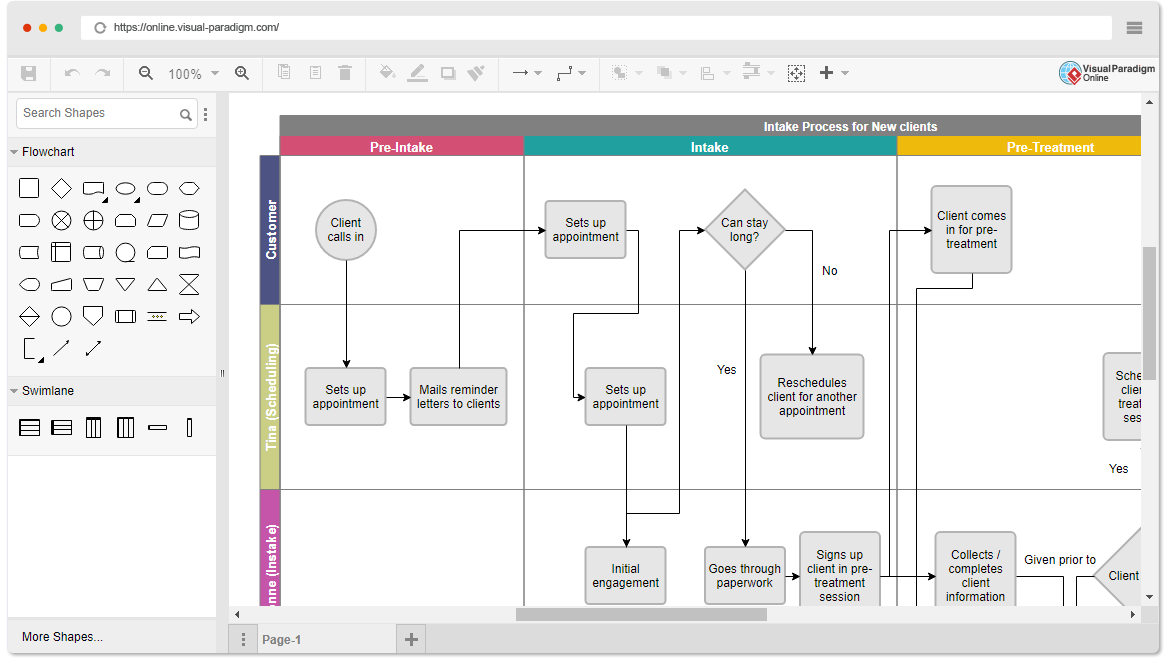A use case diagram models different types of users interact with the system to solve a problem. As such, it describes the goals of the users, the interactions between the users and the system, and the required behavior of the system in satisfying these goals. Use cases define interactions between external actors and the system to attain particular goals. A use case diagram contains four main components
Continue reading


